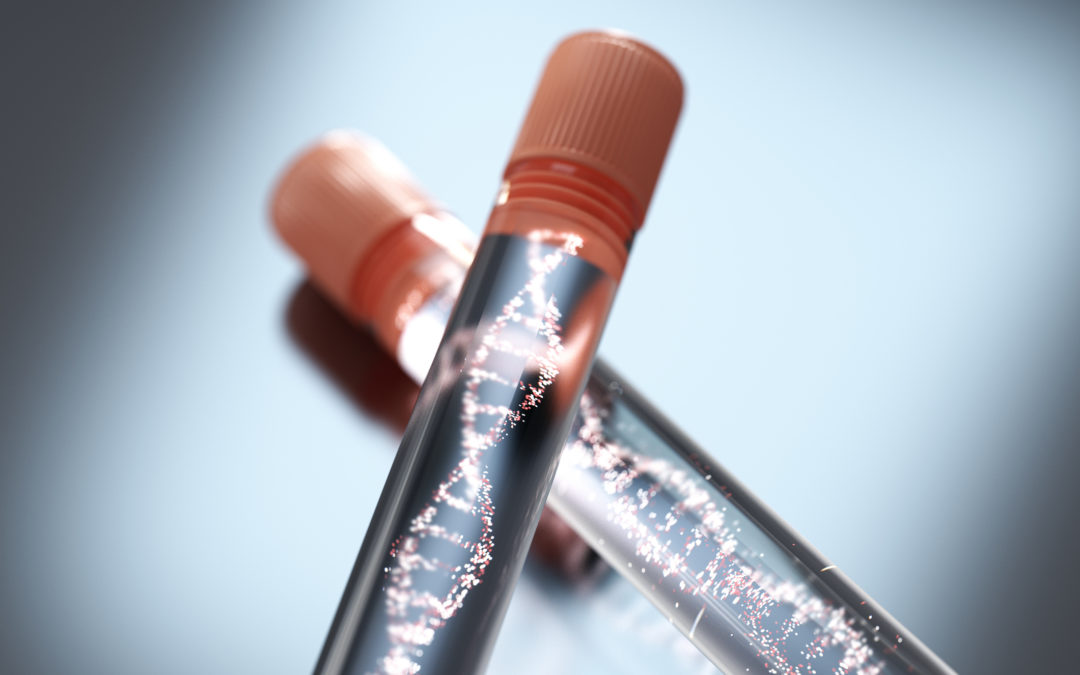Performing preimplantation genetic testing (PGT) for a monogenic/single-gene disorder (also referred to more specifically as PGT-M or PGD) is a complicated process that involves in vitro fertilization (IVF), embryo biopsy, and designing a specific genetic test to screen the embryos. Some couples may be in a situation where there is more than one inherited disorder that they could pass on to their children, and ask if it is possible to do PGT for two genetic diseases. The short answer is yes. But, it is more challenging to identify embryos that are negative for two different inherited diseases instead of just one.
How is the PGT process different?
Doing PGT for two genetic diseases does not impact the procedure dramatically. Most of the main steps of the in vitro fertilization (IVF) process, which includes fertility assessment, egg retrieval, fertilization, trophectoderm biopsy, embryo freezing, and embryo transfer to the uterus, remain the same. The difference is that the laboratory needs to create a unique genetic test for two genetic diseases instead of one.
Adding this extra test to the process does not usually change the timeline of the IVF cycle, but quite often impacts the cost. The costs of the procedures involved in IVF remain the same, but the PGT test development may be more. Some labs will discount the cost for developing the second test while others may charge twice the typical cost.
How successful is PGT for two genetic diseases?
While there have been several successful cases of healthy babies being born, finding embryos negative for two diseases instead of one greatly impacts the number of “healthy” embryos available for implantation. Serena Talcott Baughman, a board-certified genetic counselor at ORM Fertility has had very few patients pursue PGT for two genetic diseases once they hear the statistics.
“If you have a couple who both have an autosomal dominant (AD) genetic condition, where there is a 50% chance for each partner to pass on the gene that causes the disease, each embryo has only a 25% chance to be unaffected by both conditions,” says Talcott Baughman.
Add chromosome screening via PGT-A to identify the embryos most likely to survive throughout the pregnancy, and the number of embryos that are available to transfer – unaffected by both diseases and with the correct number of chromosomes – decreases even further. The number of embryos with a normal chromosome result is greatly impacted by the age of the mother. “I worked with one couple who requested PGT-M for two different AD diseases,” explains Talcott Baughman. “We discussed that about 15% of their embryos would be expected to test negative for both disease and have normal chromosomes, and the intended mother was in her late 20s.”
The inheritance patterns of the diseases as well as how many embryos a laboratory has to test will impact the number of embryos available that are free from the tested diseases. While odds aren’t in a couple’s favor to have an embryo that tests negative for both genetic conditions and a chromosome anomaly with one IVF cycle, there have been successful outcomes. A recent case report from China reviews a successful birth of an embryo who tested negative for congenital factor VII deficiency and cystic fibrosis via PGT-M, and was chromosomally normal via PGT-A.
Coming to a Compromise
Sometimes there isn’t an embryo available to transfer that is free of both inherited diseases and chromosomally normal. At that point, the couple must decide if they want to start over with another IVF cycle or select an embryo to transfer that will be affected by or at risk to have one of the genetic conditions.
“Recently I worked with a family which the female patient was affected with hereditary multiple osteochondromas [HMO] and the male patient had hereditary breast and ovarian cancer [HBOC] syndrome due to a mutation in the BRCA2 gene,” says Talcott Baughman. “They didn’t have any embryos that were negative on every test. They were able to select an embryo with normal chromosomes, but ultimately, after a lot of discussion, they elected to transfer an embryo that had inherited one of the two gene mutations.”
Fortunately, both HMO and HBOC are conditions in which the sex of the individual determines the penetrance of the disease. In HMO, females are not as severely affected as males, and in HBOC the risk for cancer in males is not nearly as high as the risk for cancer in females
“This couple chose to implant two of their remaining embryos instead of going through another IVF cycle,“ says Talcott Baughman. “They are scheduled to implant one male embryo with the BRCA2 mutation and one female with the mutation that causes HMO next year.”
Getting Support
Because these decisions can be complicated to explain and emotionally difficult to process, working with a board certified genetic counselor and a psychologist experienced in reproductive health are important services for a fertility clinic to provide. “Meeting with a fertility specialist and their genetics team to explore PGT doesn’t commit you to going through the entire process,” says Talcott Baughman. “But gathering basic information can help you understand whether you feel PGT is a good option for starting your family, or whether you feel more comfortable exploring other options.

Leslie is a board-certified clinical genetic counselor and former Program Manager for the preimplantation genetic testing (PGT) program of the ORM Genomics team and former Project Manager for SharingHealthyGenes.com. She completed her Bachelor’s degree at DePauw University and her Master’s degree in Genetic Counseling at the University of Texas Graduate School of Biomedical Sciences at Houston. Since graduating in 2000, she has worked as a clinical genetic counselor in several specialties including prenatal, pediatric and cancer genetics and has been very involved with the National Society of Genetic Counselors.
